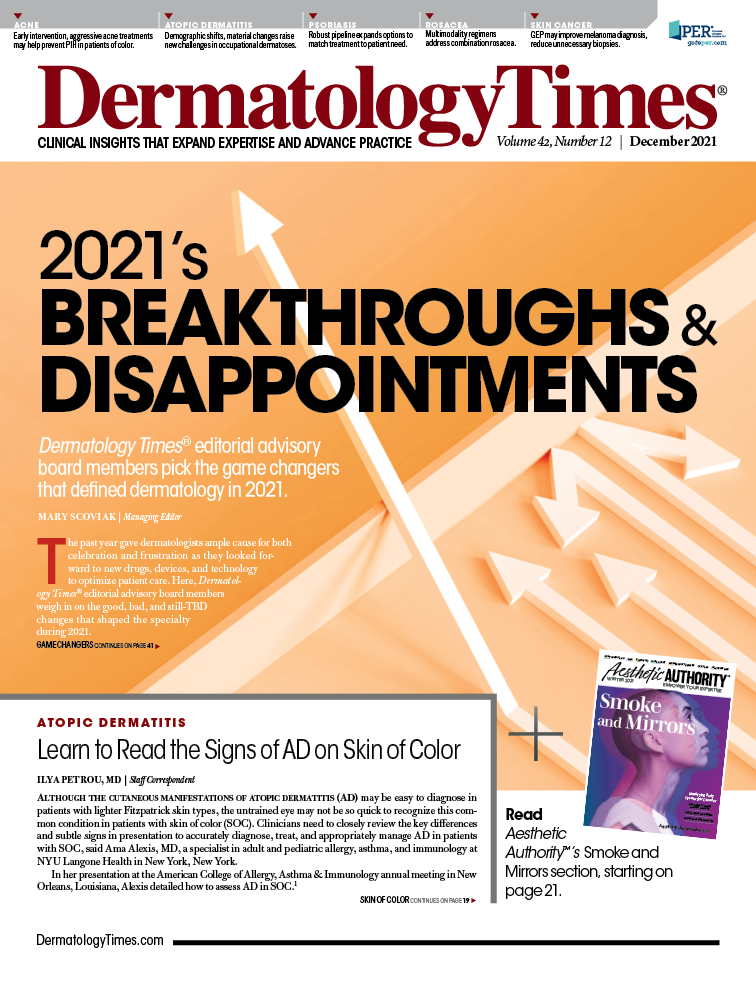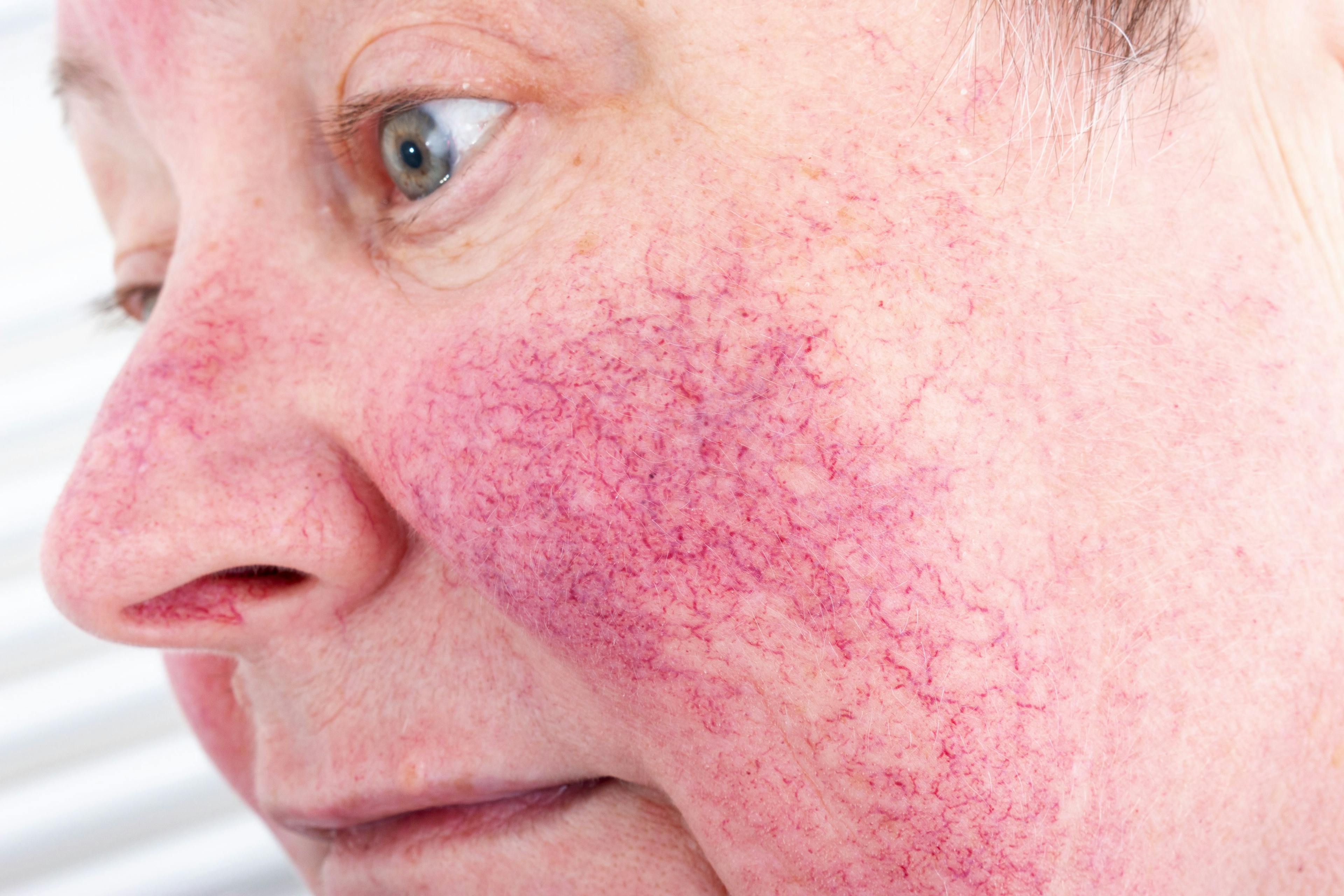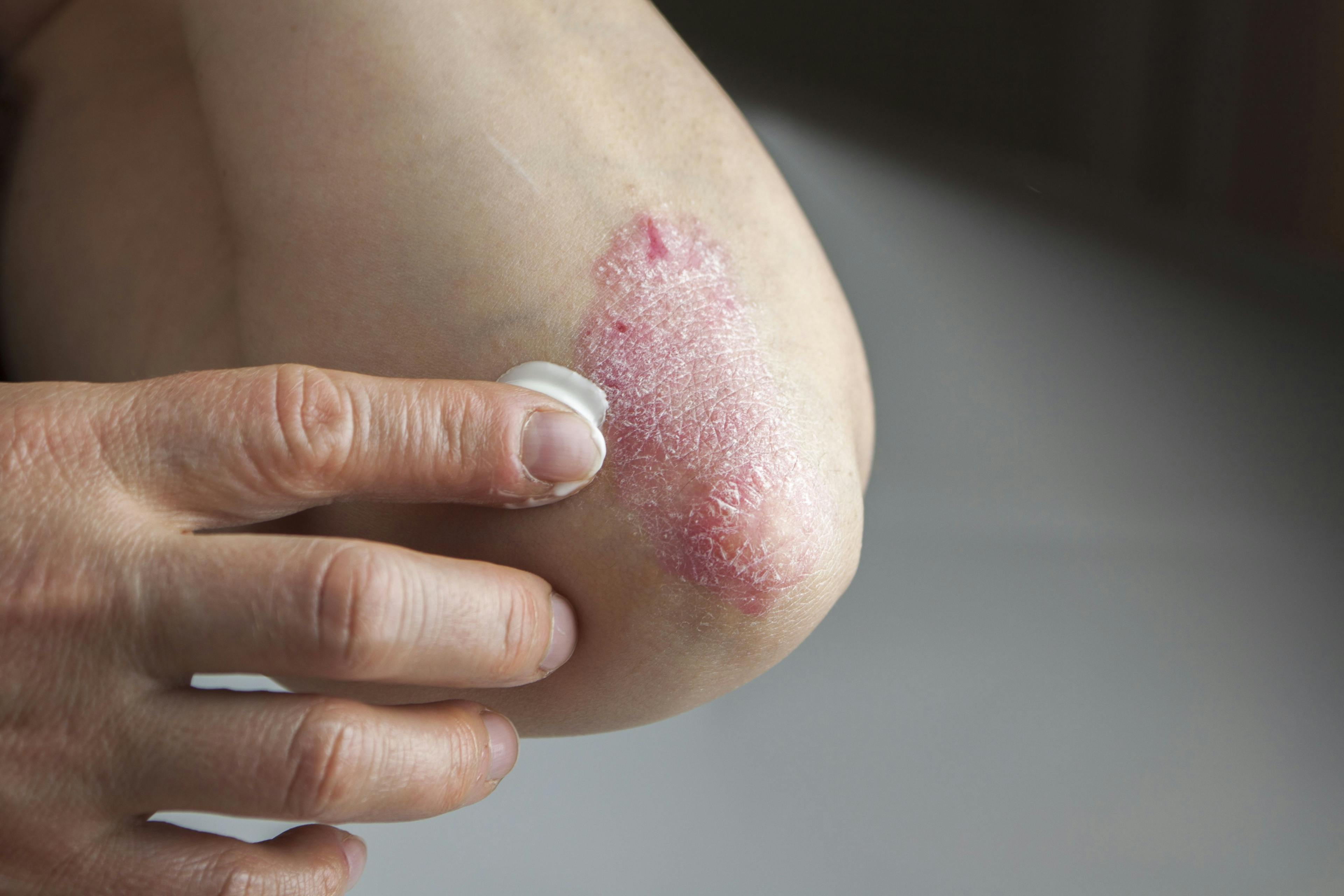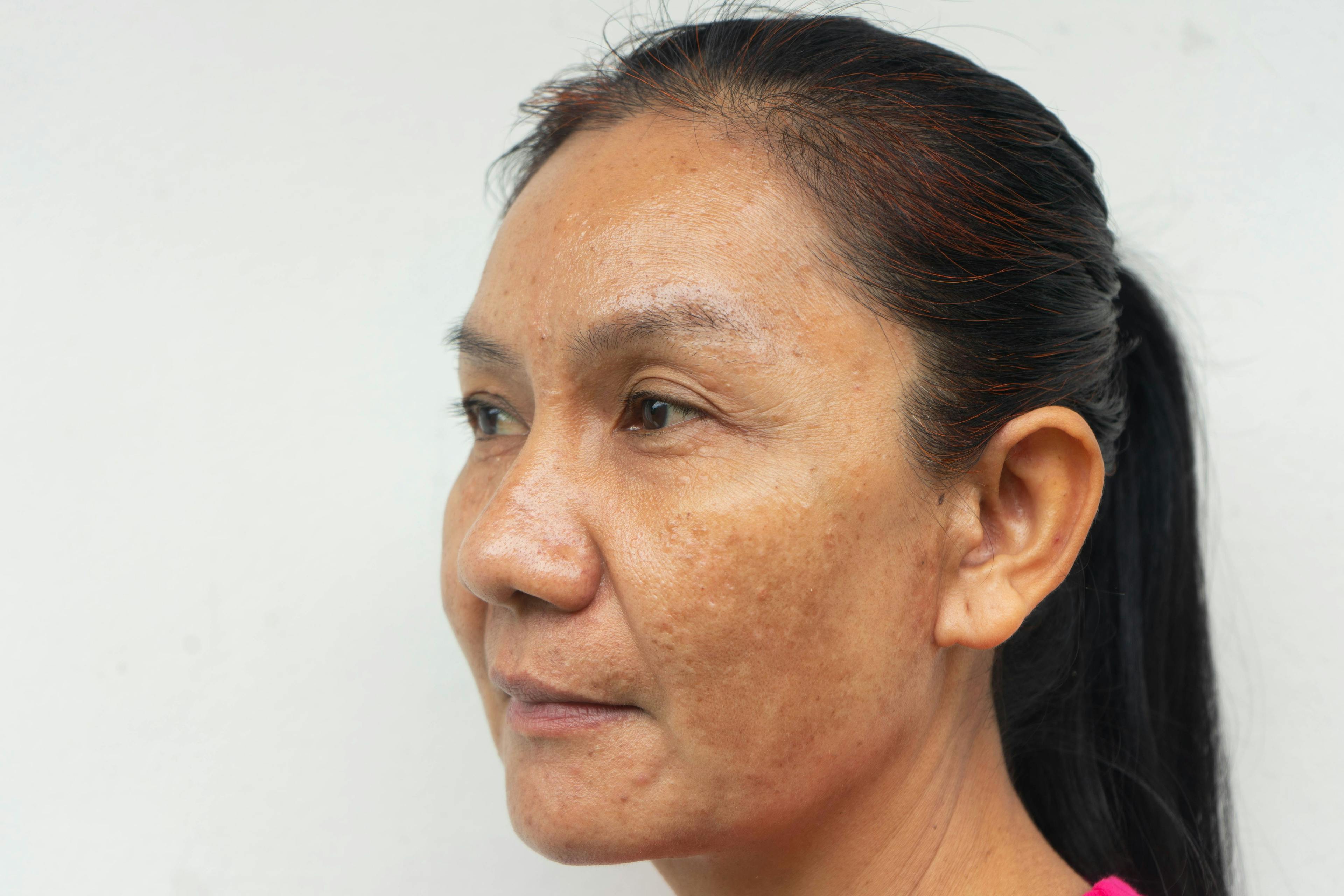- Acne
- Actinic Keratosis
- Aesthetics
- Alopecia
- Atopic Dermatitis
- Buy-and-Bill
- COVID-19
- Case-Based Roundtable
- Chronic Hand Eczema
- Chronic Spontaneous Urticaria
- Drug Watch
- Eczema
- General Dermatology
- Hidradenitis Suppurativa
- Melasma
- NP and PA
- Pediatric Dermatology
- Pigmentary Disorders
- Practice Management
- Precision Medicine and Biologics
- Prurigo Nodularis
- Psoriasis
- Psoriatic Arthritis
- Rare Disease
- Rosacea
- Skin Cancer
- Vitiligo
- Wound Care
Publication
Article
Dermatology Times
Acne in Skin of Color: It’s All About PIH
Author(s):
Racial disparities in antibiotic prescription also influence treatment decisions.
Patients with skin of color (SOC) often worry more about postinflammatory hyperpigmentation (PIH) and scarring than acne itself, according to Valerie D. Callender, MD, at the Fall Clinical Dermatology Conference, held October 21 to 24, 2021, in Las Vegas, Nevada, and virtually.1
“Dermatologists need to show empathy and understand the negative impact that PIH has on patients’ quality of life,” said Callender, a professor of dermatology at Howard University College of Medicine and founder of Callender Dermatology & Cosmetic Center in Washington, DC.
Valerie D. Callender, MD

Because PIH can be emotionally devastating for patients with SOC, she said, clinicians must not only provide prompt treatment but also appreciate acne’s psychosocial toll. Listening goes a long way: “[Patients] say, ‘I want to get rid of these scars.’ But most of the time, they’re hyperpigmented macules, and not scar tissue.”2
Patients also may call PIH a blemish, which is another emotionally loaded term, according to Callender. “They may have a lot of makeup on to camouflage and cover up,” she said. “PIH can be difficult to camouflage. PIH is aesthetically unpleasing to them, and they’re most likely emotionally concerned about it.”
A study on adult female acne revealed that whereas the chief complaint of Caucasian patients is typically the acne itself, non-White patients prioritize PIH.3 “Early intervention and aggressive acne treatment are important in patients with SOC to treat as well as prevent acne-related PIH,” Callender said. “Initiate topical retinoids and antibiotics—everything you can do—to get the acne under control to prevent further PIH.”
Her presentation also included recent data suggesting that antibiotic resistance patterns may differ between racial and ethnic groups. Two studies show that Black patients are less likely to receive oral acne therapy than Caucasian patients.4,5 “These findings suggest that antibiotic resistance may be lower in patients with SOC because they are prescribed antibiotics less often,” she explained.
Treatment preferences also differ among racial groups. In 1 study, East and South Asian patients were less likely than Caucasian patients to see health care practitioners for acne. Additionally, Asian and Black patients preferred OTC acne cleansers and washes over prescription treatments.4
Similarly, vehicle choices assume extra importance for patients with SOC. With aggressive acne treatments, tolerability poses a concern. “Dosing is always important—start low, then go high, maybe every other day,” Callender said. Topical retinoids in lotion formulations are very well tolerated by patients with SOC, she added, and maintenance regimens can help prevent PIH.
“I basically let patients know we’re clearing up the acne and PIH at the same time,” Callender said. “Acne is the cause, so we have to go after that aggressively, but the PIH will improve with time. It doesn’t happen overnight.” For stubborn PIH, she prescribes topical hydroquinone at a patient’s second or third visit.
For general skin care, Callender recommended gentle, nonirritating cleansers; non- comedogenic moisturizers; and sunscreens. Although pomade acne is becoming less common, she added, some patients require discussion of hair care. Comedogenic oils that are used to manage curly hair may drip onto the forehead, she explained, causing comedones along the hairline.
“You have to discuss everything, not just prescription medications,” she said. “You really have to know what your patients are using on their skin and hair.”
References:
- Callender VD. Management of acne in skin of color patients. Fall Clinical Dermatology Conference; October 21-24; Las Vegas.
- Davis EC, Callender VD. A review of acne in ethnic skin: pathogenesis, clinical manifestations, and management strategies. J Clin Aesthet Dermatol. 2010;3(4):24-38.
- Callender VD, Alexis AF, Daniels SR, et al. Racial differences in clinical characteristics, perceptions and behaviors, and psychosocial impact of adult female acne. J Clin Aesthet Dermatol. 2014;7(7):19-31.
- Mehta M, Kundu RV. Racial differences in treatment preferences of acne vulgaris: a cross-sectional study. J Drugs Dermatol. 2020;19(12):802. doi:10.36849/JDD.2020.5488
- Barbieri JS, Shin DB, Wang S, et al. Association of race/ethnicity and sex with differences in health care use and treatment for acne. JAMA Dermatol. 2020;156(3):312-319. doi:10.1001/jamadermatol.2019.4818
Disclosures:
Callender has been a clinical researcher, advisory board member, consultant, and/or speaker for Acne Store, Aerolase, AbbVie/Allergan, Beiersdorf, Eli Lilly, Galderma, Incyte, L’Oreal, Ortho Dermatologics, Pfizer, Revance, Skinbetter Science, UCB, SkinCeuticals, UCB, and VYNE Therapeutics.

Newsletter
Like what you’re reading? Subscribe to Dermatology Times for weekly updates on therapies, innovations, and real-world practice tips.






























